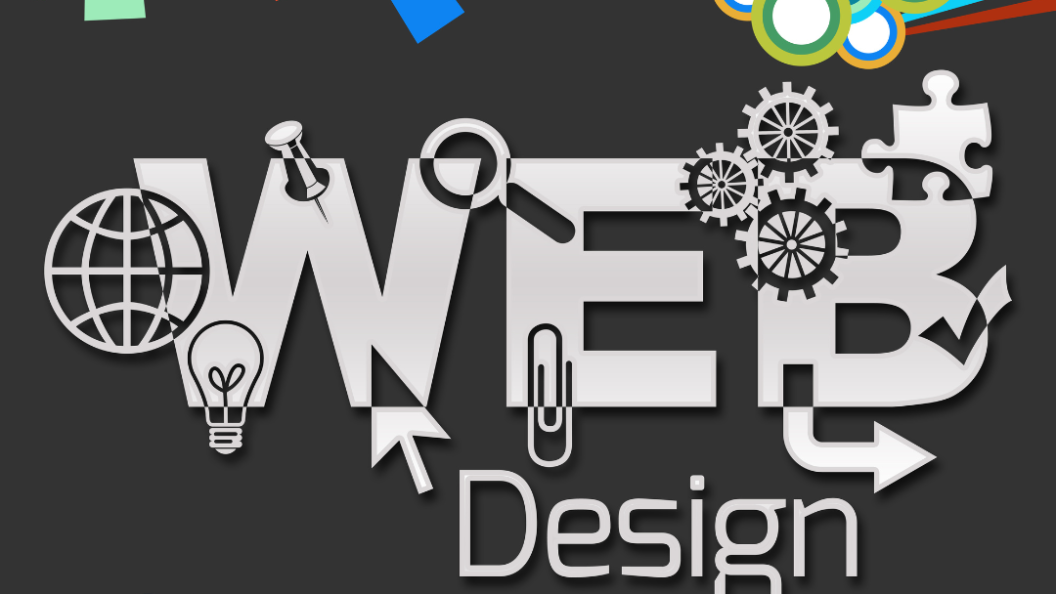
The Rise of Dark Mode in Web Design and Its Benefits
Dark mode has emerged as a major trend in web design, enticing both users and developers with its sleek aesthetic and practical benefits. Dark mode once limited to niche applications, has now become a common feature across multiple platforms and websites. Its popularity stems from both its aesthetic appeal and its benefits to the user experience.
Visual Appeal:
Dark mode offers a welcome change from traditional light-themed interfaces. Its subdued color palette, which frequently includes shades of gray, black, and dark blue, lends a sophisticated and modern appearance. This aesthetic has appealed to users seeking a more elegant and immersive browsing experience.
Reduce eye Strain:
One of the primary advantages of dark mode is its ability to reduce eye strain, especially in low-light environments. In dark mode, the contrast between text and background is reduced, resulting in less glare and fewer abrupt brightness changes. As a result, users can browse for longer periods without becoming fatigued or uncomfortable.
Battery Conservation:
Dark mode can also help to increase battery life, especially on devices with OLED or AMOLED displays. These screen technologies illuminate individual pixels, so displaying black pixels uses less power than displaying white ones. Darker colors can help websites and applications use less energy, resulting in longer battery life for mobile users.
Accessibility:
Dark mode improves accessibility by providing alternative visual options for users who are sensitive to bright light or have vision impairments. Websites that offer a choice between light and dark themes can cater to a wide range of preferences and needs, resulting in a more inclusive browsing experience for all users.
To summarize, the rise of dark mode in web design represents a trend toward visually appealing, user-centric interfaces that prioritize comfort, functionality, and accessibility. By embracing dark mode, designers can create engaging experiences that appeal to modern audiences while also improving usability and reducing eye strain.


Can you be more specific about the content of your article? After reading it, I still have some doubts. Hope you can help me.
Thank you for your sharing. I am worried that I lack creative ideas. It is your article that makes me full of hope. Thank you. But, I have a question, can you help me? https://www.binance.info/ar/register-person?ref=V2H9AFPY
Hey! Someone in my Facebook group shared this website
with us so I came tto check it out. I’m definitely enjoying the information. I’m book-marking
annd will be tweeting this to my followers! Excellent blog and amazing style and design. https://glassi-freespins.blogspot.com/2025/08/how-to-claim-glassi-casino-free-spins.html
Thank you for your sharing. I am worried that I lack creative ideas. It is your article that makes me full of hope. Thank you. But, I have a question, can you help me?
Thanks for sharing. I read many of your blog posts, cool, your blog is very good.
I don’t think the title of your article matches the content lol. Just kidding, mainly because I had some doubts after reading the article.
hgh somatropin kaufen
Your point of view caught my eye and was very interesting. Thanks. I have a question for you. https://accounts.binance.com/ph/register?ref=IU36GZC4
I don’t think the title of your article matches the content lol. Just kidding, mainly because I had some doubts after reading the article.